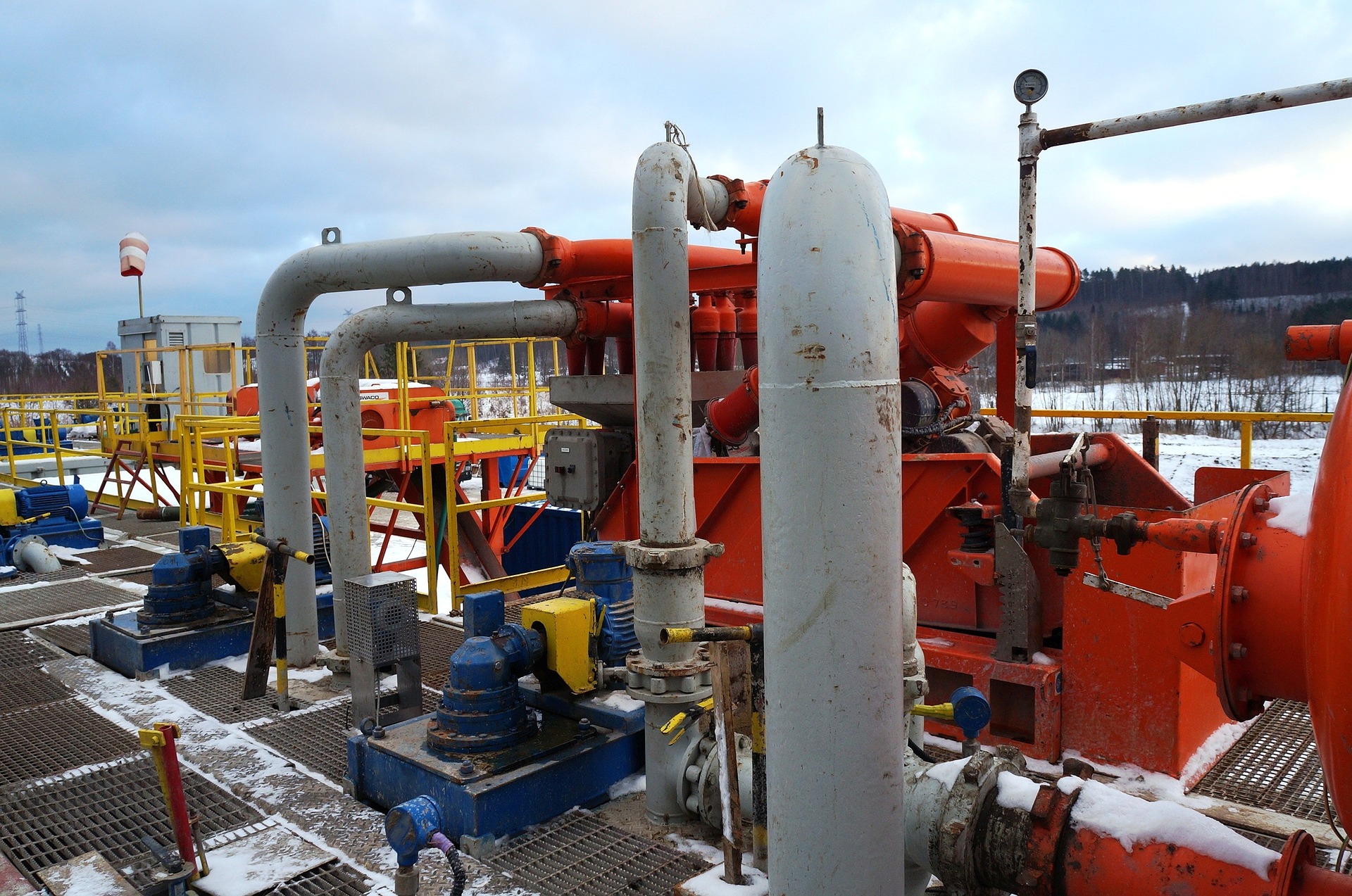Why Superior Oilfield Rentals is reshaping energy operations
All About Oil Field Equipment and Pipeline Equipment: Trick Insights and Essential Details
Oil field equipment and pipeline systems play a critical duty in the oil and gas industry. They are vital for the reliable extraction and transportation of hydrocarbons. Trick components, such as drilling rigs and tank, directly impact functional success. Developments in innovation assurance to enhance safety and effectiveness. Recognizing these components is vital for anybody associated with or thinking about this complicated field, as it establishes the stage for much deeper expedition of sector methods.

Summary of Oil Field Equipment
As the demand for oil proceeds to grow, understanding the tools utilized in oil areas becomes significantly necessary. Oil field equipment includes a wide array of machinery and devices important for expedition, extraction, and handling. Trick elements include piercing rigs, which are vital for getting to oil storage tanks, and manufacturing equipment, such as separators and pumps, that assist in the extraction process. Superior Rentals reviews. Additionally, tank play a considerable duty in holding petroleum before transport. Safety devices, consisting of blowout preventers and pressure assesses, assures operational security and performance. Each piece of devices features cohesively to optimize manufacturing and keep efficient operations. Experience with this tools is very important for specialists in the industry to ensure effective procedures and adherence to safety and security criteria
Sorts Of Drilling Rigs and Their Applications
Drilling rigs serve as the backbone of oil extraction procedures, with numerous types developed for certain geological conditions and operational needs. One of the most usual types include rotary boring rigs, which make use of a turning drill bit to penetrate the planet, and cord tool rigs, recognized for their percussion exploration approach. For overseas operations, jack-up rigs and semi-submersible rigs provide stability and assistance in aquatic settings. In addition, directional exploration rigs make it possible for operators to drill at angles, reaching deposits that are not up and down available. Each rig kind has one-of-a-kind benefits, maximizing performance and safety and security based upon the exploration setting. Selecting the proper gear is crucial for making best use of source removal while lessening ecological impact and operational prices.

Necessary Pipeline Equipment and Their Functions
Pipeline infrastructure is crucial for the transport of oil and gas from extraction sites to processing centers and end-users. Numerous necessary devices elements facilitate this process. Pipelines themselves work as the primary conduits, designed to endure high pressure and destructive compounds. Pump stations are essential for keeping flow by enhancing stress along the pipeline. Valves play an important duty in managing circulation and separating sections for maintenance. In addition, installations and connectors assure protected joints in between pipeline areas. Keeping an eye on systems, consisting of flow meters and stress sensing units, are important for detecting leaks and maximizing flow rates. Lastly, pigging equipment is used for maintenance and cleansing, protecting pipeline stability and efficiency. With each other, these parts form the foundation of a reputable pipeline system.
Advancements and Technologies in Oil and Gas Equipment

Safety And Security and Maintenance Practices in the Oil Market
While the oil sector has made substantial strides in technology and performance, the go to these guys significance of durable safety and security and maintenance methods can not be overemphasized. Effective safety and security protocols are important to shield workers and the atmosphere, decreasing the risk of mishaps and spills. Normal inspections and maintenance of devices help determine potential concerns before they rise, making certain operational integrity. Training programs for employees are important, highlighting the significance of security awareness and emergency situation action procedures. In addition, adherence to sector guidelines and criteria fosters a culture of security. Executing innovative monitoring modern technologies can additionally improve maintenance techniques, permitting for real-time analyses of devices conditions. Ultimately, focusing on safety and security and upkeep is important to the sustainability and success of the oil market.
Frequently Asked Inquiries
What Are the Ecological Effects of Oil Field Equipment?
The environmental influences of oil field equipment include environment damage, water contamination, and air pollution (Superior rentals squeeze tools). Furthermore, devices malfunction can lead to spills, detrimentally impacting wild animals and ecological communities, highlighting the requirement for stringent guidelines and monitoring
Just How Is Oil Field Equipment Delivered to Remote Locations?
Carrying oil field equipment to remote areas typically involves specific vehicles, helicopters, or barges. Logistics firms coordinate routes, making sure equipment shows up securely and efficiently, thinking about surface and ease of access to decrease hold-ups and optimize performance.
What Regulatory Criteria Govern Oil Field Equipment?
Regulative criteria controling oil field equipment primarily include security, ecological security, and functional performance guidelines. Agencies such as OSHA and EPA impose these policies to assure safe techniques and reduce eco-friendly influence in oil removal operations.
What Skills Are Needed to Operate Oil Field Machinery?

Exactly How Do Oil Rates Impact Equipment Need and Usage?
Oil rates substantially influence tools demand and use. Higher rates usually lead to raised exploration and manufacturing activities, driving demand for equipment. On the other hand, reduced costs might result in lowered procedures and decreased requirement for tools.